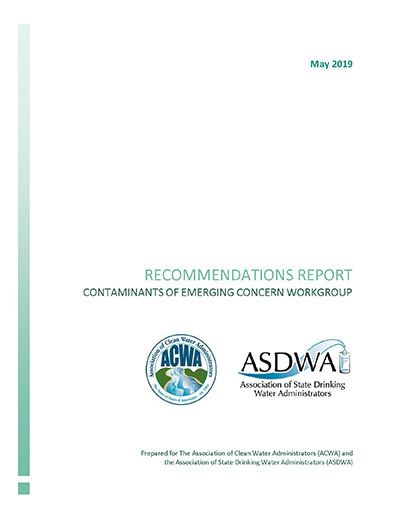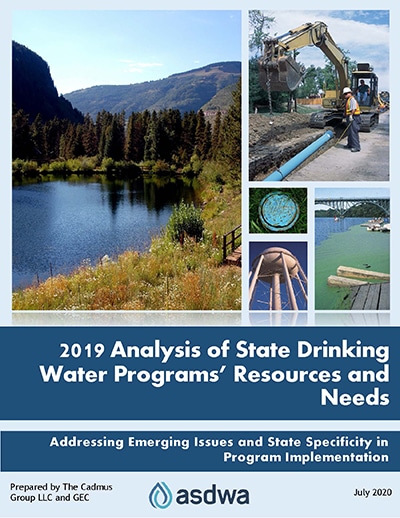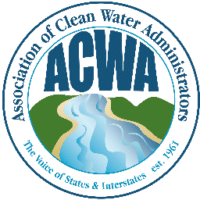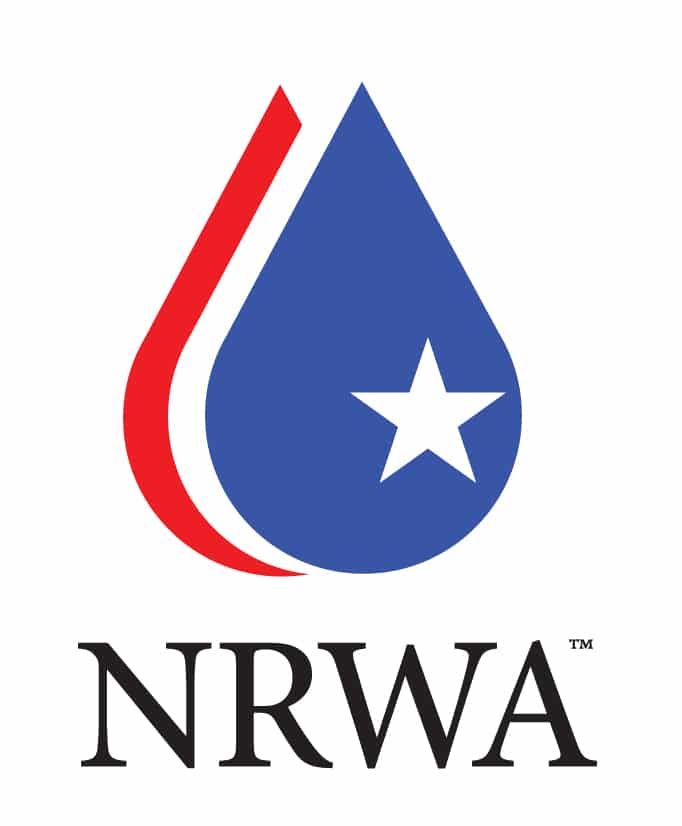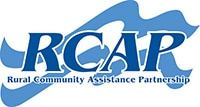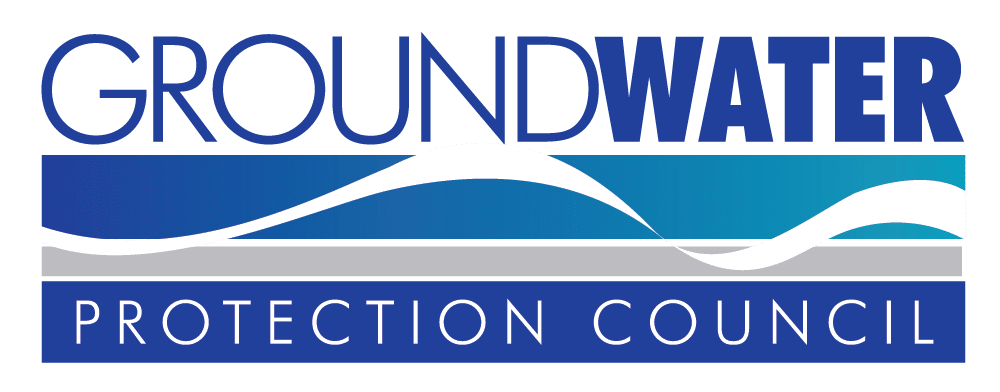Original Broadcast: November 19, 2018
Slide Decks:
Corrosion in water distribution systems is a costly problem and controlling corrosion is a primary focus of efforts to reduce lead (Pb) and copper (Cu) in tap water. Efforts to control corrosion rely upon an understanding of the chemical characteristics of surface water and groundwater sources, yet source waters in some areas are changing rapidly due to anthropogenic inputs and management practices. Recent findings of the potential corrosivity of the Nation’s surface waters and groundwater will be summarized along with implications for exceedances of lead action levels in drinking water. Changes in source-water chemistry at the national scale will also be presented along with insights into the land-use linkages to those changes.
USGS has developed, or is developing, a variety of drinking-water related models and online web applications. The Nation’s rivers, streams, and groundwater are valuable resources, providing sources of raw drinking water for a growing population. New USGS online interactive mappers bring together decades of water-quality data to provide a nationwide look at changes in surface-water and groundwater quality and provide decision tools for monitoring and for developing source-water management strategies.
Speakers
Ted Stets, USGS
Steve Preston, USGS




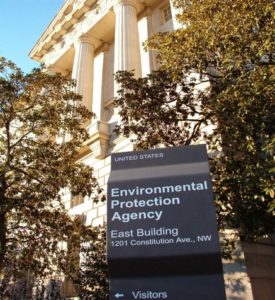
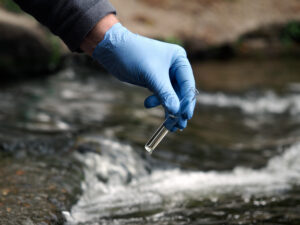
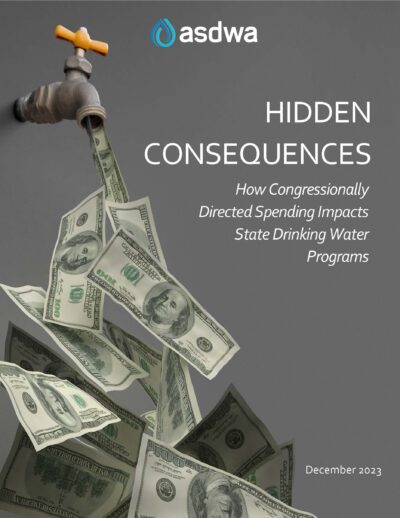
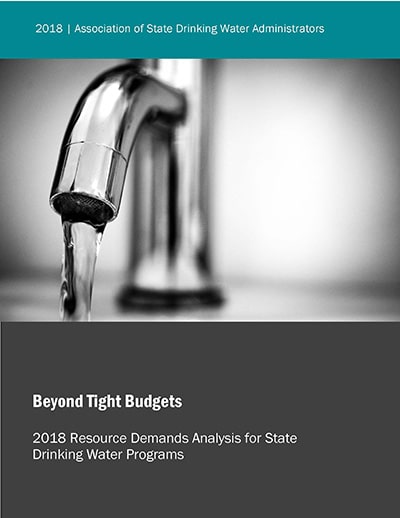
![Costs of States' Transactions Study [CoSTS] (April 2018)](https://www.asdwa.org/wp-content/uploads/2018/12/CoSTS-Report-2018-Cover-400px.jpg)
